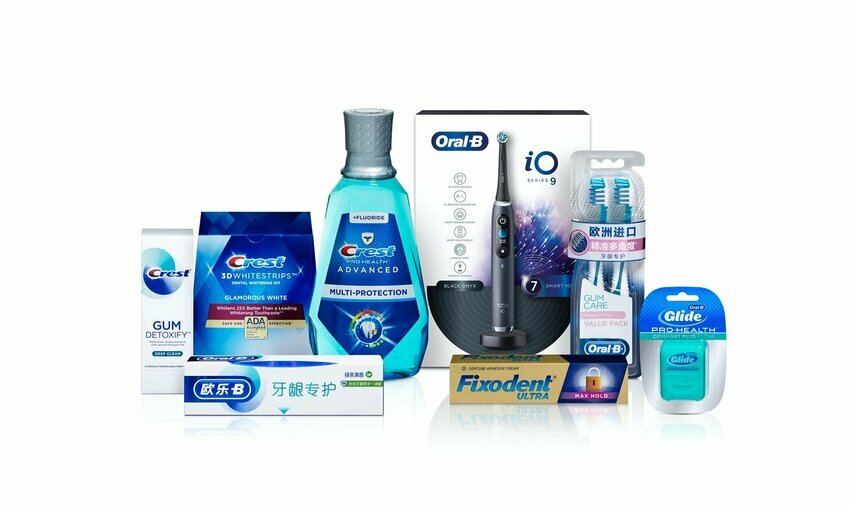 (Credit: Procter & Gamble)
(Credit: Procter & Gamble)In September 2021, Procter & Gamble said it would leverage green electricity to achieve net-zero emissions within its four walls and among its suppliers by 2040.
P&G is a multinational company specializing in consumer goods. The Cincinnati-based enterprise has at least $84 billion in sales based on the roughly 65 brands attached to its name.
“We are fully committed to using P&G’s innovation and ingenuity to unlock new solutions to address climate change,” said David S. Taylor, Chairman, P&G President, and Chief Executive Officer. “The task ahead of us is urgent, difficult, and much bigger than any single company or country. P&G is tackling these challenges head-on by reducing our footprint and leveraging our scale to foster unprecedented collaboration across our value chain.”
It’s a quest that began a decade ago. The net-zero promise by 2040 extends from “raw material” to “retailer,” it says. It will follow Science-Based Target initiatives that align with the Paris climate agreement to limit temperature increases to no more than 1.5 degrees Celsius. Its climate action plan will only get better as the technologies improve.
Its supply chain emissions are about 10-times that of its operations. That’s why it set a goal to reduce those so-called scope 3 emissions by 40 percent by 2030. The primary categories are laundry detergent, fabric enhancers, shampoo, conditioners, body wash, and diapers. They account for 90% of scope 3 emissions.
The company has set a goal to reduce “finished product freight emissions intensity” by 50% by 2030. It will therefore use more rail and ship transportation and trucks that are fueled with natural gas and electricity. It is also partnering with its logistics suppliers to obtain data that will allow it to track its progress.
P&G says it is committed to eliminating deforestation in its supply chain — the same rainforests that capture CO2. P&G uses two commodities: wood pulp, which is used in paper towels, tissues, and packaging. Meanwhile, palm oil is used in beauty and laundry products.
“P&G requires that 100% of the wood pulp we source is certified by one of these 3rd party certification systems (Forest Stewardship Council, Sustainable Forestry Initiative, and Programme for the Endorsement of Forest Certification), which include criteria related to protecting both environmental and social values of forests. For every tree we use, at least one is regrown,” the company says.
Moreover, P&G aims to use all recycled packaging paper. It is “advancing innovation in materials derived from renewable, bio-based, or recycled carbon across brands including Head & Shoulders, Pantene, Ariel, Tide, and Pampers.”
In 2020, P&G announced plans to go beyond their existing science-based target of reducing emissions from operations 50% by 2030 to have global operations become carbon neutral for the next decade.
In 2021, P&G unveiled its first paper bottle for Lenor in partnership with paper bottle company Paboco.